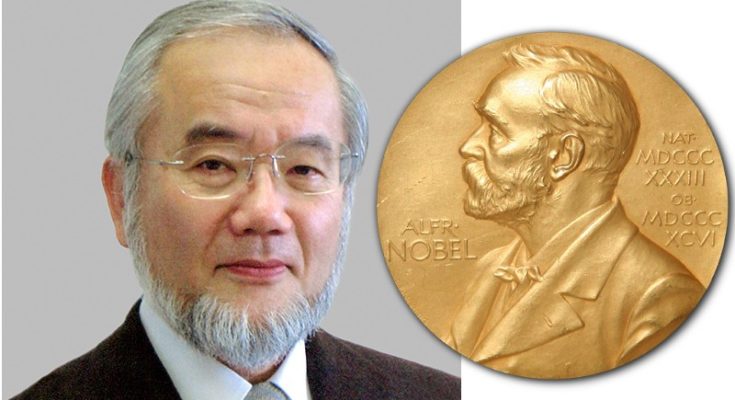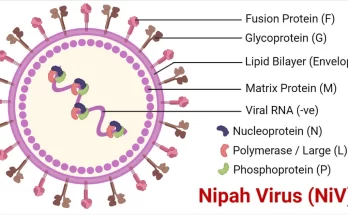The Nobel Assembly at Karolinska Institute today announced that the Nobel Prize in Physiology or Medicine for the year 2016 goes to Yoshinori Ohsumi of Japan for discoveries about autophagy.
The word autophagy originates from the Greek words auto-, meaning “self”, and phagein, meaning “to eat”. Thus,autophagy denotes “self eating”. This concept emerged during the 1960’s, when researchers first observed that the cell could destroy its own contents by enclosing it in membranes, forming sack-like vesicles that were transported to a recycling compartment, called the lysosome, for degradation. Difficulties in studying the phenomenon meant that little was known until, in a series of brilliant experiments in the early 1990’s, Yoshinori Ohsumi used baker’s yeast to identify genes essential for autophagy. He then went on to elucidate the underlying mechanisms for autophagy in yeast and showed that similar sophisticated machinery is used in our cells.
Ohsumi’s discoveries led to a new paradigm in our understanding of how the cell recycles its content. His discoveries opened the path to understanding the fundamental importance of autophagy in many physiological processes, such as in the adaptation to starvation or response to infection. Mutations in autophagy genes can cause disease, and the autophagic process is involved in several conditions including cancer and neurological disease.
Autophagy
The term autophagy was first introduced by he Belgian scientist Christian de Duve who was awarded with the Nobel Price in 1974 for the discovery of Lysosome. And also he introduced the term “Autophagyosome” to name the vesicles that degenerate large cellular organelles.
Yoshinori Ohsumi had been active in various research areas, but upon starting his own lab in 1988, he focused his efforts on protein degradation in the vacuole, an organelle that corresponds to the lysosome in human cells.
In 1992 he proved that authophagy exists in yeast cells. But even more importantly, he even introduced a method to identify and characterize key genes involved this process.
Suicidal Cells
The body destroying its own cells is a natural defence mechanism that our bodies use to survive.
It allows the body to cope with starvation and fight off invading bacteria and viruses, for example.
And also this process removes old junk to make way for new cells.
Failure of autophagy is linked with many diseases of old age, including dementia.
Researchers around the globe are now working on to develop drugs that can target autophagy in various diseases, including cancer.
Last year’s this prize was shared by three scientists who developed treatments for malaria and other tropical diseases.




